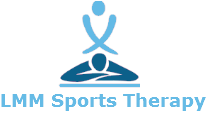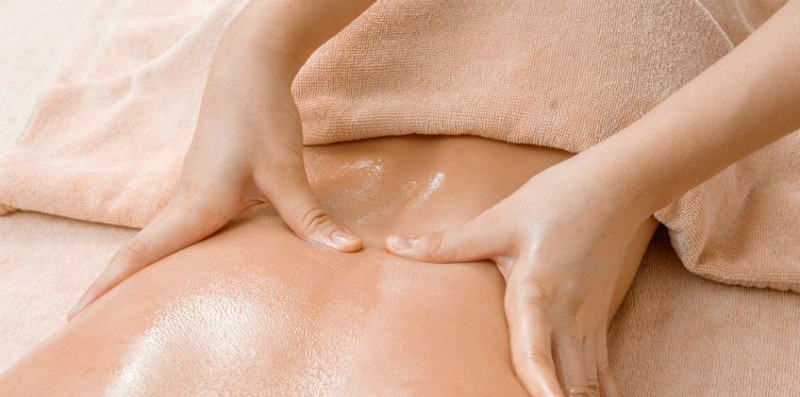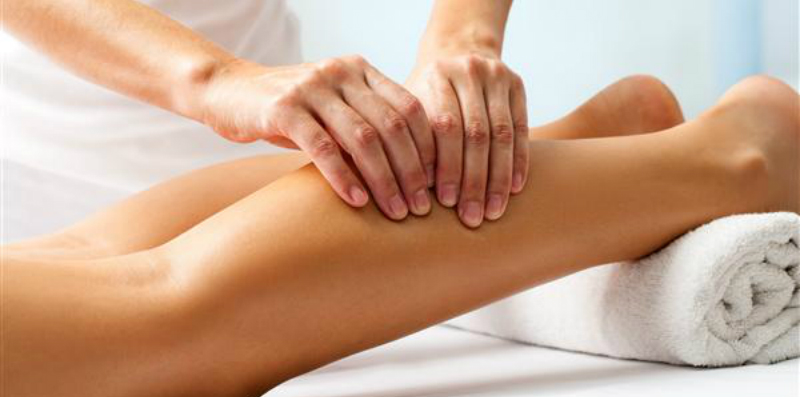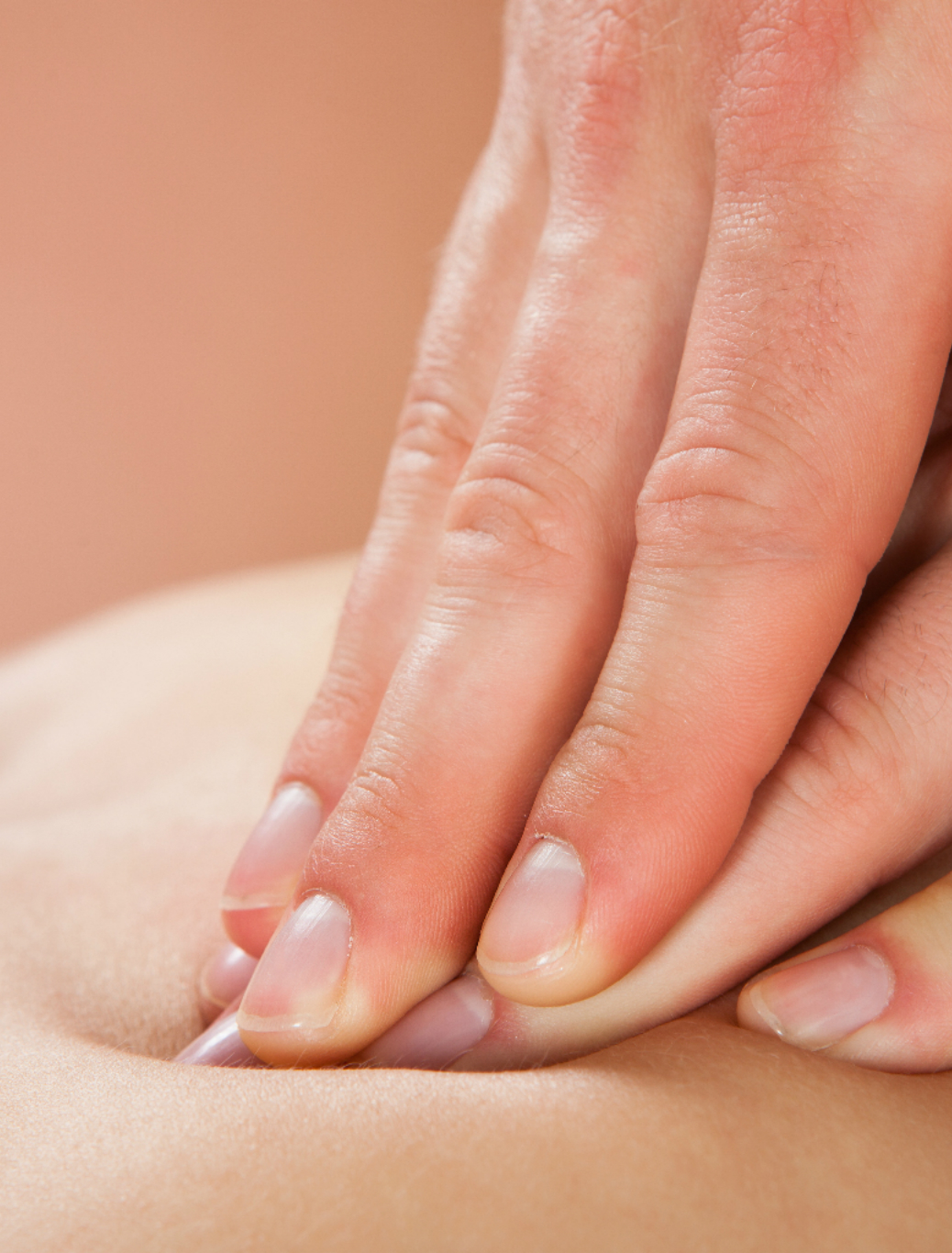
The Benefits of
Sports Therapy
- enhanced relaxation
- reduced muscle tension
- improved range of movement
- scar tissue reduction
- accelerated rehabilitation by raising blood circulation to the affected area
- mitochondrial development to promote muscle – develops power
3 Key Benefits of Sports Massage
It has been well documented that sports massage therapy will help to prevent injuries and loss of mobility, repair and restore mobility and flexibility to injured muscle tissue and boost performance.
Generally sports massage treatments will help to maintain a better body condition and extend the overall life of your sporting career.
Sports massage therapy is an effective technique for the rehabilitation of sports injuries for both amateur and professional athletes.
Physical
- Pressure – The stroking movements used by the therapist during deep tissue massage cause fluid to be pulled through the blood vessels and lymph vessels. The increased pressure in front of the stroke creates a vacuum behind and it is this effect which is especially important in tight or damaged muscle tissue as a tight muscle will squeeze blood out like a sponge, thereby depriving the tissues of vital nutrients and the energy to repair itself.
- Increased tissue permeability – The deep massage technique causes the pores in tissue membranes to open, enabling fluids and nutrients to pass through much more efficiently. This aids the removal of waste products such as lactic acid and encourages the muscles to take up oxygen and nutrients which help them recover more quickly.
- Stretching – Sports massage can stretch tissues that could not be stretched by employing the usual methods. In the course of a treatment bundles of muscle fibres are stretched lengthwise as well as sideways. Massage can also stretch the sheath or fascia that surrounds the muscle, thereby releasing any tension or pressure build up within the area.
- Break down scar tissue – Scar tissue is the result of previous injuries or trauma and can affect muscles, tendons and ligaments. This can lead to inflexible tissues that are prone to injury and pain. The healing process is therefore enhanced by breaking down scar tissue and other sports injuries may be prevented altogether.
- Improve tissue elasticity – Hard training can make tissues hard and less elastic. This is one reason why hard training may not result in anticipated physical improvements being realised . Massage helps reverse this by softening and stretching the tissues and improving elasticity which can in turn lead an overall improvement in performance.
- Opens micro-circulation – Just as exercise increases blood flow to soft tissue, so does massage therapy. However, sports massage also opens or dilates the blood vessels and by stretching them this enables nutrients to pass through more easily.
Psychological
- Invigorating – When massage is performed utilising brisk movements, as would happen before an event, then this can produce an invigorating feeling ahead of a sporting activity.
- Anxiety reduction – Through the effects mentioned above, a state of relaxation is induced, resulting in reduced levels of anxiety and increased comfort.
Physiological
- Relaxation – Muscles relax through heat generated, circulation and stretching. Mechanoreceptors which sense touch, pressure, tissue length and warmth are stimulated, thereby causing a reflex relaxation and the release of muscle tension.
- Pain reduction – Muscle tension and waste products in muscles can often cause pain. A massage therapist helps reduce this in many ways, including by manipulation of soft tissue which release the body’s endorphins.
Soft Tissue Healing
- Inflammation / Acute Stage
- Proliferation / Repair Stage
- Remodelling Stage
Inflammation / Acute Stage
Platelets are able to clot the damaged areas. Leukocytes migrate, and endothelial cells swell. Neutrophils initially debride the wound, followed by the macrophages and other phagocytic cells. The end result is an injury site increased vasodilation, vasopermability, phagocytis and a weak fibrin clot, that is the first structure in the repair process. This stage lasts from the bleeding stage to 2-3 days after injury.
If there are cardinal signs of inflammation (redness, heat, pain, loss of function) then strengthening techniques must not be instigated as the tensile strength of the tissue is weak. However, modalities such as cryotherapy (ice) may be used to prevent prolonged inflammation and reduce excessive scar tissue formation and fibrosis. Premature exercise will result in increases oedema (swelling) from the breaking of the fibrin mesh that has formed.
Proliferation / Repair Stage
Tensile strength of the tissue is still weak at this stage but tensile loading through stretching and manual therapy can be used to manipulate the collagen deposition. Type III collagen is initially laid down in a haphazard manner with less cross links so tensile loading helps align the fibres in a parallel fashion. Compression techniques can also be used to influence fluid flow and viscoelastic properties of the tissue.
Remodelling Stage
Strength exercises can now be used, especially in the eccentric contraction range which will help to increase the tensile strength of the non-contractile elements (scar tissue). At this stage there is a devascularisation of the wound and therefore less potential to influence healing in this stage. If safe, resume strengthening exercises and reverse the effects of immobilisation. Immobilisation will result in the proliferation of connective tissue in the muscle and loss of ground substance as well as poorly orientated collagen cross links. Thus, early mobilisation is vital but must not be too aggressive to exceed the tensile strength of the tissue.
My neck feels sooo much better!!! I’ve also been using the hot water bottle, combined with some deep pectoral stretching, and it’s really freed it up.
It’s amazing as I have been suffering with this for months – so thank you
See you in a few weeks!!
#Magic Touch”
Ed R.
Appointments Now Available
or complete the contact form below



